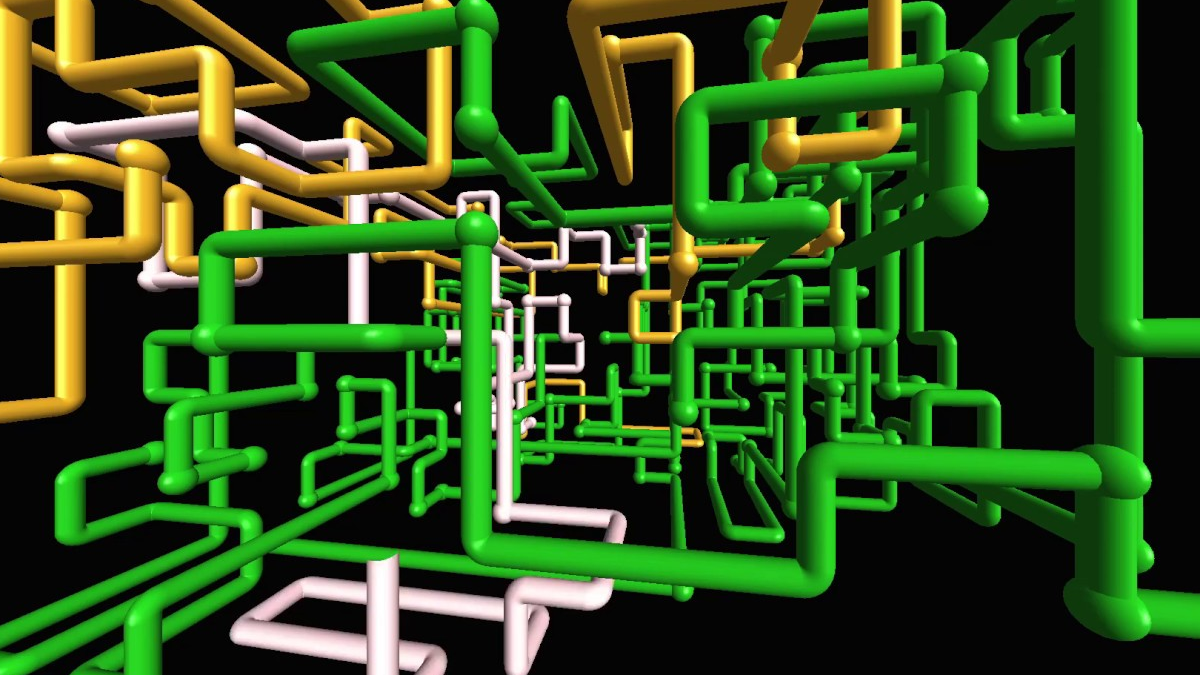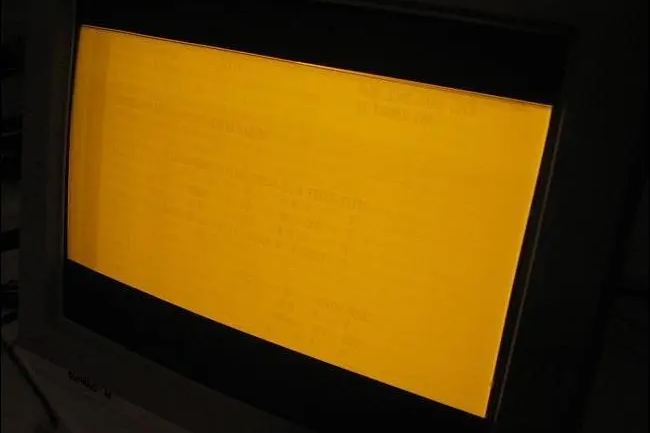Winding pipes, dizzying 3D mazes, a haunted house, colorful flurries---screen savers used to be fun. They also used to serve a very important purpose, and may still today. That purpose was described in the name itself all this time.
If you're a certain age, there's a good chance you have some nostalgic memories about screen savers. They were a big deal in early versions of Windows and macOS. When there wasn't as much to do on a computer, screen savers were fun to customize and watch.
However, they weren't just there for your enjoyment. Screen savers had a very specific purpose---to literally save your screen.
The History of Screen Savers
Early computers typically had CRT (cathode ray tube) monitors. The "display" is a glass tube with an electromagnetic deflection system and a phosphorescent screen that glows when hit by an electron beam.
Due to the nature of how CRTs work, when images are displayed on the screen for a long time, they become "burnt in." Essentially, parts of the phosphorescent screen glow for so long that they become unevenly worn down. The result is a faint ghost image that can be seen when the screen is off.
Screen savers prevented this by automatically activating when the computer wasn't in use. The animations are constantly moving and changing, meaning a static image can't stay on screen for too long. Hence the name "screen saver"---they literally save the screen from burn-in.
Are Screen Savers Still Necessary?
CRT monitors are a thing of the past, but screen savers remain on modern operating systems. You can use a screen saver in Windows 10, Windows 11, and macOS. Is it actually neccessary without a CRT monitor?
In short: No, screensavers are no longer necessary, but there may be some exceptions. Most modern computer monitors are LCD (liquid-crystal display). LCD monitors don't have any phosphors that can get unevenly worn down and burn in.
The other thing to think about is the power-saving modes that didn't used to exist. In the past, it would take a while for a computer to boot up, so you might leave it on more. Nowadays, with faster bootup times and "Sleep" and "Hibernate" options, it's not a big deal to simply "turn off" your computer. After all, will anyone even be around to see the screen saver?
What About OLED?
There's one modern scenario where a screen saver might still be necessary. OLED monitors are slowly becoming more popular, and they are more susceptible to burn-in than LCD monitors.
"OLED" stands for "Organic Light Emitting Diode." Essentially, the screen is made up of tiny diodes that individually light up and display colors to create the image on the screen. Since each diode emits its own light, they can degrade unevenly over time. This results in burn-in.
So, if you have an OLED monitor and you tend to leave the screen on for long periods of time, you might want to use a screen saver. However, it's probably better to simply adjust when the screen turns off.
I love it when terms have been said so many times that they lose their original meanings. Everyone knows what a screen saver is, but how often have you actually thought about why we call them screen savers? Now you know!


